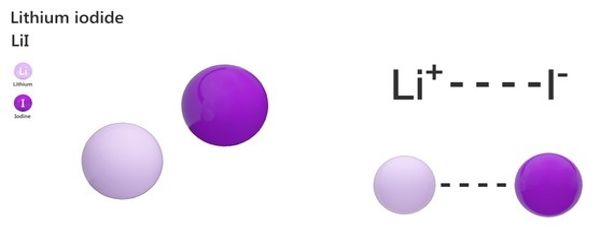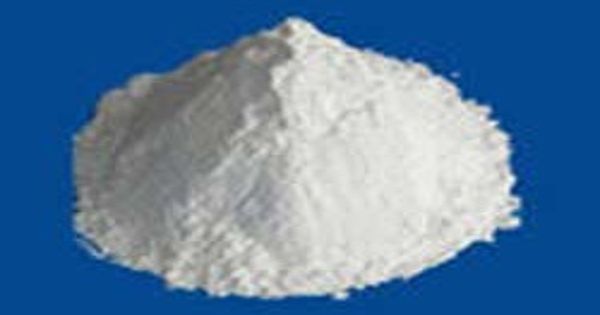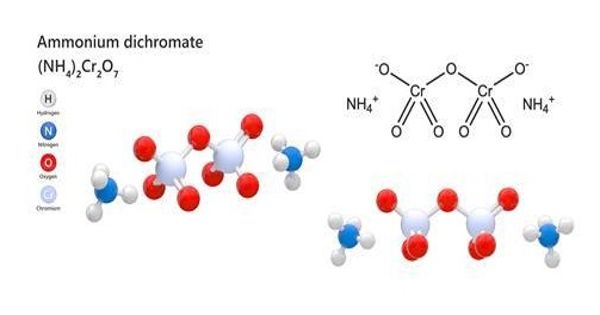Lithium iodide, or LiI, is a compound of lithium and iodine. It is the lithium salt of hydriodic acid. It is an inorganic compound in which lithium and iodine bond with each other to form lithium iodide. When exposed to air, it becomes yellow in color, due to the oxidation of iodide to iodine. It crystallizes in the NaCl motif. It can participate in various hydrates. We use lithium iodide as an electrolyte for high-temperature batteries. Also, we use it for long-life batteries as required for example, by artificial pacemakers.
Properties
The chemical formula of lithium iodide is Li and its molar mass or molecular weight is 133.85 g/mol. It is a white crystalline solid and its melting is in between 446−4690C and the boiling point lies in between 1170−11900C. Furthermore, its density is 4.08g/cm-3. At room temperature, it is solid.
- Molecular Weight: 133.845
- Appearance: White crystalline solid
- Melting Point: 469° C (876-C.2° F)
- Boiling Point: 1,171° C (2,140° F)
- Density: 4.08 g/cm3
- Solubility in H2O: N/A
- Exact Mass: 133.920472

Preparation
In Laboratories, it can be synthesized by combining Lithium Sulfide and strontium iodide that we can represent by double decomposition reaction as given below:
Li2S+SeI2 → SrS + 2LiI
In organic synthesis, LiI is useful for cleaving C-O bonds. For example, it can be used to convert methyl esters to carboxylic acids:
RCO2CH3 + LiI → RCO2Li + CH3I
Similar reactions apply to epoxides and aziridines.
When LiI is dissolved in water, the ions are stabilized by water molecules, giving off an energy that is greater than the lattice energy of LiI. The dissolution of lithium iodide is thus exothermic.
Application
- Lithium iodide is used as a solid-state electrolyte for high-temperature batteries.
- It is also the standard electrolyte in artificial pacemakers due to the long cycle life it enables.
- The solid is used as a phosphor for neutron detection.
- It is also used, in a complex with Iodine, in the electrolyte of dye-sensitized solar cells.
- Lithium iodide was used as a radiocontrast agent for CT scans. Its use was discontinued due to renal toxicity.
Occurrence
Generally, it is available in large volumes, high purity, nanopowder, and submicron forms. It is highly reactive that’s why it does not occur in nature freely.
Health Hazards
Inhalation, skin contact, and ingestion with it can result in severe injury or death. Burning of lithium hydroxide can produce toxic fumes that can cause irritation or corrosion.
Information Source:
















